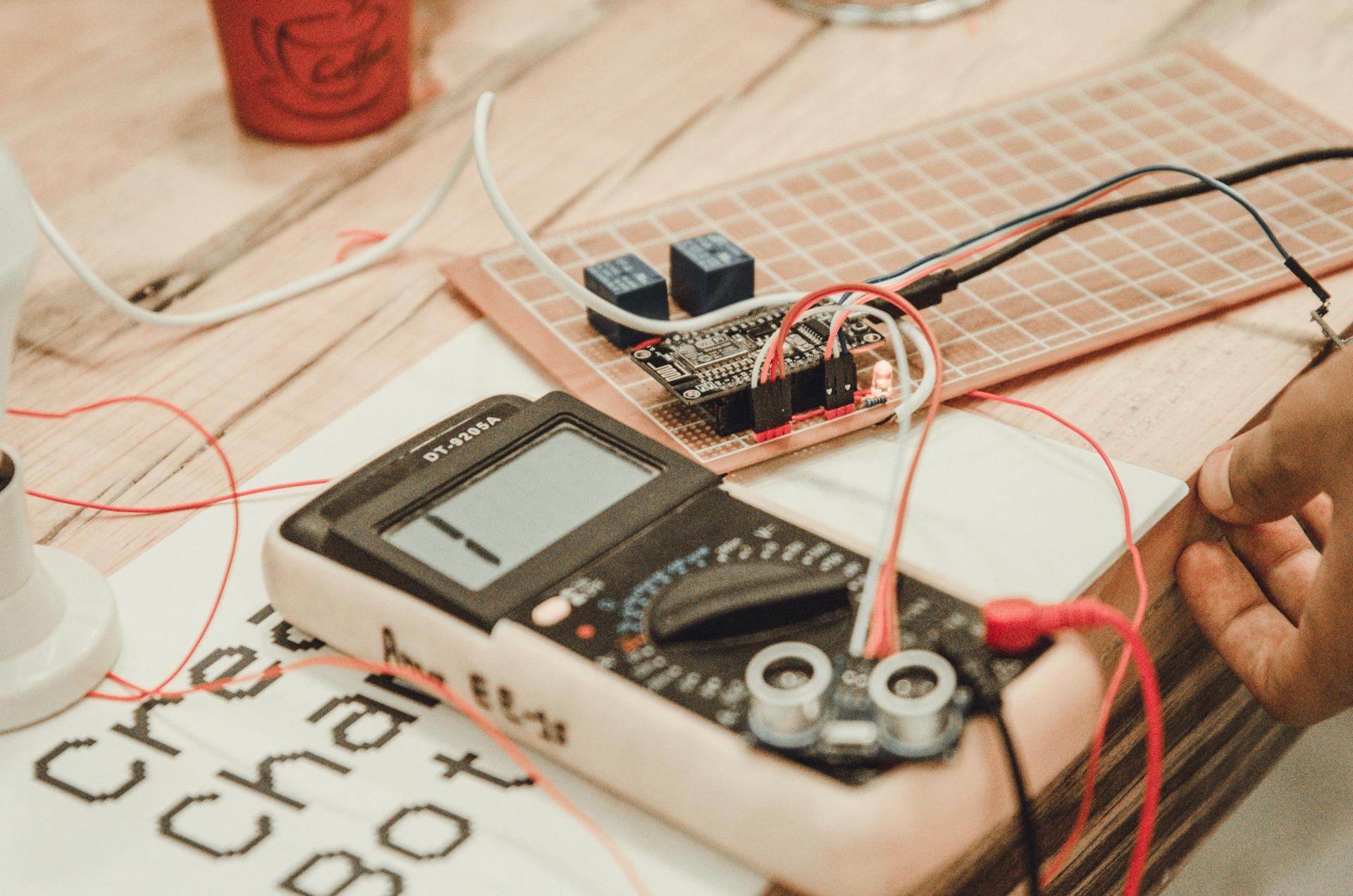Ways to Test Your Home's Electrical Safety: A Complete Tutorial

In the realm of home safety one of the most important areas to think about is the safety of electrical wiring. Electrical safety testing is the procedure of testing the electrical system within your home to make sure that it is safe and in compliance with the latest standards. In this article we’ll give you an overview of what the electrical safety tests are, the tools you’ll need for conducting them, how to conduct the tests and the warning signs to be aware of.
What is what is an Electrical Safety Test?
An electrical safety test is the process of checking the electrical system inside your home to ensure that it’s safe and functioning correctly. Electrical safety tests are important as they help to prevent electrical accidents and fires, and ensure the longevity of your electrical system.
Tools Required to conduct an Electrical Safety Test
For conducting an electrical safety test, you’ll require a few basic equipment. They include a voltage tester, a continuity tester, a circuit tester, and the outlet tester. A voltage tester can check for live circuits, while the continuity tester checks for broken circuits. Circuit testers are used to detect wiring problems, and outlets testers are utilized to identify wiring problems in the outlets. It is essential to utilize these tools correctly to get precise results.
How do you conduct an electrical Safety Test
To perform the electrical test inside your home take these steps:
Shut off the power supply on the circuit or circuits you’re testing.
Utilize this voltage tester to test for live circuits.
Make use of this continuity tester to look for broken circuits.
Use the circuit tester for checking for electrical faults.
Make use of the outlet tester to look for electrical problems in the outlets.
During the process of testing make sure you look for any signs of damage or wear on the wiring, such as frayed or broken wires, burn marks, or loose connections. If you spot any problems, it’s important to address the issues as soon as you can to avoid potential hazards.
Signs of Electrical Problems to Watch Out For
There are many indicators that may indicate electrical issues in your home. They include flickering light bulbs, frequent circuit breaker tripping and crackling or buzzing sounds from outlets, outlet that are hot or discolored and a smell of burning. If you spot any of these warning indications, you should act immediately to prevent potential electrical hazards.
Conclusion
Safety tests for electrical appliances are essential for ensuring your safety and your family. By performing regular tests and fixing any issues quickly, you can avoid potential hazards to electrical equipment and extend the life of your electric system. If you need assistance with electrical testing or repairs Don’t hesitate to reach out to Local Electrician Dural. Our team of experts can give you professional guidance and assistance. Contact us via 1300 610 481 to schedule an appointment or request a quote.
FAQ Section
What is the recommended frequency to conduct an electrical safety check in my home?
We recommend conducting tests of electrical safety at least once per year.
Can I perform an electric safety check on my own or do I need a professional?
While you can perform an electrical safety test by yourself but it’s best to hire a professional to ensure accurate results and avoid potential hazards.
Are there any common electrical problems found in an electrical safety test?
The most frequent electrical issues that are discovered during a safety test are faulty wiring, overloaded circuits and outdated electrical systems.
What should I do if I find an issue in the electrical safety test?
If you discover a problem in the electrical safety test, it’s important to act immediately. This may include getting a professional electrician to address the issue or replacing damaged equipment.
